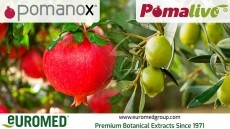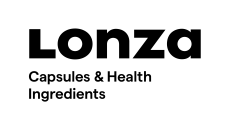Zeaxanthin supplier meets GMP needs
The Illinois-based company is employing chiral chromatogram testing when compiling its Certificates of Analysis (CoA) that previously only included HPLC testing as mandatory.
This helps differentiate isomer forms, some of which have been approved for use in dietary supplements and some of which have not.
“Many people claim to sell zeaxanthin but in many cases this is not true,” the company said. “Zeaxanthin has three isomers (RR, RS and SS). Only one isomer, the 3R 3’R, has been approved for use in dietary supplements.”
Chiral chromatogram provides the kind of documentation growing numbers of dietary supplements manufacturers are required to possess under the new Good Manufacturing Practices (GMPs) in the US.
Chrysantis managing director, Manuel Pavon, told NutraIngredients-USA.com a chiral chromatogram meant customers knew they were getting a source of zeaxanthin that has been approved for use in dietary supplements.
“Most of our customers are demanding this kind of analysis from supplier now and others are being educated,” he said. “We also want make sure our customers have no problem with the GMP regulation. The old CoA is not enough any more.”
The GMP rules, instigated in June, 2007, pertain only to dietary supplements manufacturers, but by implication are passed all the way down the supply chain, and those suppliers that cannot deliver quality ingredients and raw materials backed with full traceability and quality paperwork will face an increasingly difficult task to earn business from the mainstream supplements industry.
“This testing sets us apart from our competitors,” Pavon said. “It’s complicated and expensive but we believe there is no alternative.”
Chrysantis has Food and Drug Administration GRAS (generally regarded as safe) status for its zeaxanthin ingredient in doses up to 2mg in the US, where the raw materials market is believed to be worth $2-3m per year, and growing at double digit rates.
Studies have shown that zeaxanthin, in combination with lutein, is beneficial to eye health, and especially Age-Related Macular Degeneration (AMD) as well as cataracts.
However in Europe last year, the European Food Safety Authority found supplements that contained zeaxanthin at levels up to 20mg would exceed average intakes by up to 100 times and therefore said a safe limit of 20mg could not be established.
Zeaxanthin typically sells for around $10 per gram although it is used in smaller volume in supplements than lutein.












